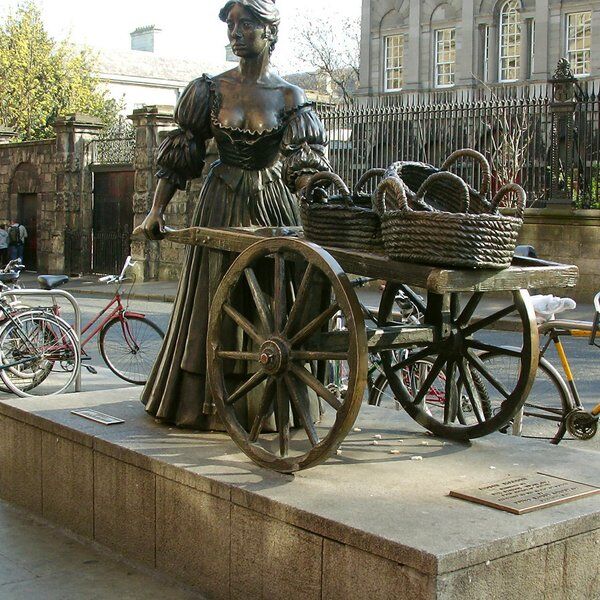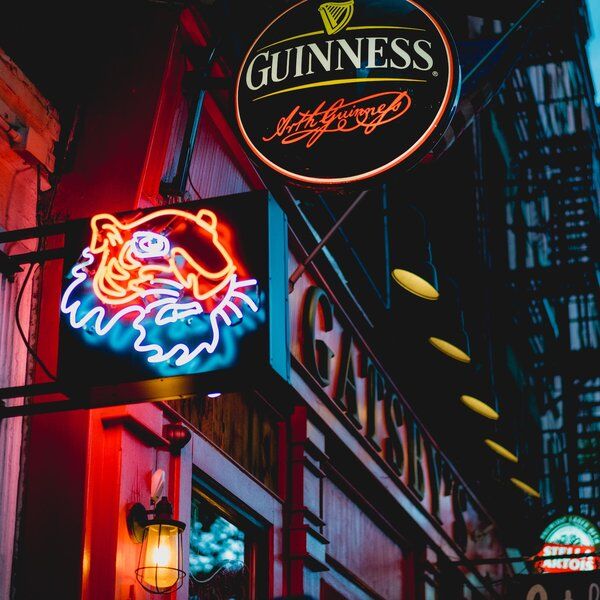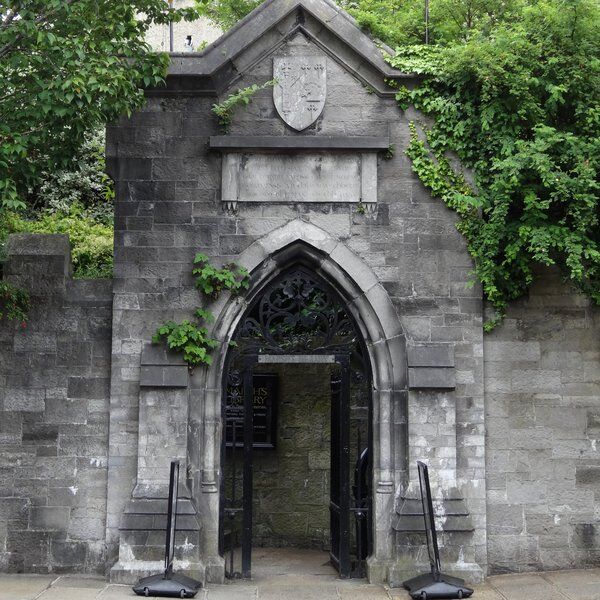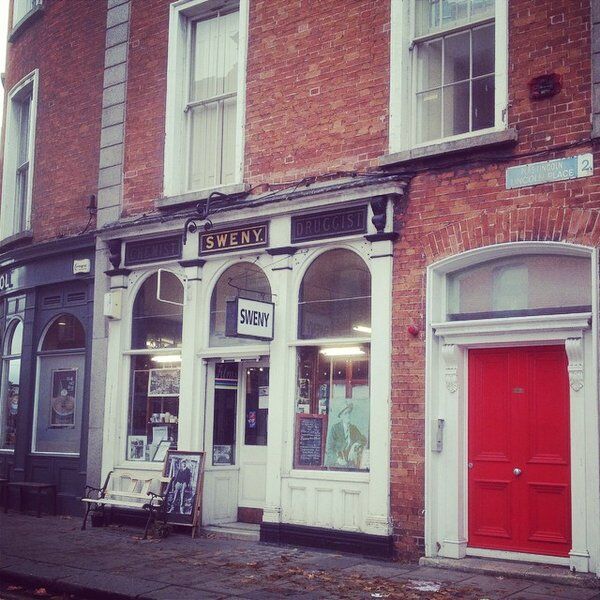A brief history
A place of worship has stood on the plot of St Michan’s since 1095. The first church served a diminished Viking population, the High King of Ireland and Irish Warrior - Ulf the Quarrelsome - having enacted a long and bloody vengeance against the area for supposedly killing his mother. The few members of the population that remained near Dublin huddled together, exiled outside of the city walls, where St Michan's served their religious needs.
The present St Michan’s was built in 1686 making it the oldest parish church on Dublin’s northside, and the only parish church north of the Liffey with a Viking foundation. Outwardly a humble little church flanked by modern buildings, it’s easy to overlook.
It has received modernising updates and repairs over the years but care has been taken to preserve much of its original character. The most notable recent update was done to the organ, on which Handel supposedly composed and practised his famous Messiah oratorio. The current instrument hails from the 1940s and has been enclosed in the original C18th casing.
But where things get even more interesting is in the vaults beneath.
What lies beneath
Under St Michan’s Church are extensive crypts housing bodies interred between the 17th and 19th centuries. But these are not just any crypts.
By accident or by design, the balance of limestone in the vaults’ walls have resulted in a perfect micro-climate for preservation. The stones keep the air dry and high levels of methane in the air have prevented decomposition from occurring. Over time, this has meant that the bodies interred in the crypts have dried out.
And when a body is dried and preserved, it becomes a mummy!
St Michan's Mummies
There are many mummified remains to be found under St Michans, but four are better known than others due to the mysteries surrounding them and the condition of their remains: The Unknown, the Nun, the Thief, and the Crusader.
Their true names and true histories have been lost to time. Speculation gave them their nicknames - nicknames that have gained weight over the years due to their positioning and speculation over their fates.
For example, the thief is missing their hands which suggests they underwent violent punishment in life. Why a criminal would be interred a place usually reserved for the high born or holy is part of the mystery! After losing his hands did he take the cloth and find redemption? Did he later make up for his misdeeds in life, earning a place in a respected vault? Or were his mummified hands taken after death to be used by apothecaries in medicine, or repurposed as holy relics by charlatans?
The Crusader is considered the most interesting.
A towering man of 6ft 6”, he died either 800 or 400 years ago (depending on which version of the story you encounter), either while fighting abroad or shortly after returning to Ireland. Although the shifting timeframe of his death might not always align with the Crusades, it seems likely that he was a soldier. His great stature meant that his limbs were folded beneath him so he could fit inside the coffin which was much too small for someone of his size. Why this was is another mystery.
One of his hands was left draped out of his coffin and up until 2017, visitors were encouraged to brush his fingertips or reach over for a ghoulish handshake.
The crypts also contain the remains of the republican Sheares Brothers who fought in the 1798 Rebellion, mathematician William Rowan Hamilton, and various Earls of Leitrim.
Visitors can also see the death mask of leading Irish revolutionary Wolfe Tone who sought to end British rule in Ireland.
Desecration and Re-Consecration.
In 2019 tragedy struck. The remains that had rested in the crypts for hundreds of years were desecrated. Although this wasn’t the first time the church’s vaults had been disturbed, on this occasion the damage was devastating: Some remains were completely destroyed, others decapitated and left in pieces, while the Crusader’s head was taken in its entirety.
Fortunately the head and other stolen items were recovered that same year, although the damage to the vaults resulted in a disturbance to the delicate micro-climate. This meant the National Museum of Ireland had to intervene for safekeeping.
All remains have since been returned to the Crypts and they are once more open to members of the public, although there are now greater restrictions in place to help prevent malicious actors.
If you do decide to visit, be warned! Visitors often comment on the strange atmosphere and there are reports of whispers and movement in the dim lights. Little wonder that the place has a connection to world-renowned Dracula author Bram Stoker (the church being the location of his Mother's family burial plot).
Who knows how you might be inspired or changed from a dip into the depths below?
Want to learn more about Dublin and see some of it's secret & hidden sights? Check out our Dublin Treasure Hunts, puzzle-filled urban adventures lead you through city highlights and best-kept secrets. You'll actively engage with your surroundings to unravel the clues sent directly to your phones. Take optional breaks at great cafes & pub stops and enjoy the city's finest.









